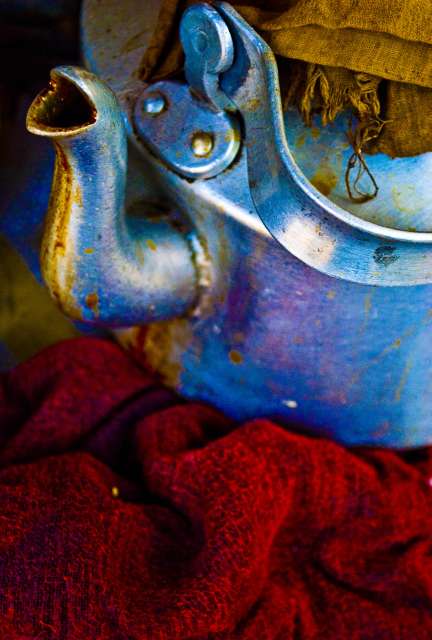Which tea to drink this Halloween will determine whether you are a human or a vampire. If you are still doubt full which side you fall in lets list down what can be preferred and this might help you to decide.
Humans:
As human, we find our preference more towards the robust black tea which warms us as the weather becomes frosty and days flee by soon. We would prefer this tea all year round but especially when the icy winds starts to blow.
Black tea truly enjoyed with masala chai, you can see the recipes here and also enjoyed with many other flavors like with ginger and cardamon, lemongrass etc. We like our tea to be flavored with these spices which is must for our Indian taste buds.
Vampires:
You remember what Dracula drinks? A cup of red liquid, which is called as blood. But what if he decides to drink tea, which tea he will prefer? We assume he would go for a red tea also known as rooibos tea.
Ghost:

We assume ghost will prefer his choice of color, i.e white tea with perhaps a hind of paranormal activity.
Zombie:

To match zombies character, we believe green tea will definitely go well with its tainted and gaunt look. Yellow might work well considering its look.
Werewolf:
Somehow we can just point out pu-erh tea for werewolf that seems to be bold and full of earthy flavors.
Dragon:
Aaeem...we don't what dragon might prefer because they don't have to think about getting cold.





.jpg)




